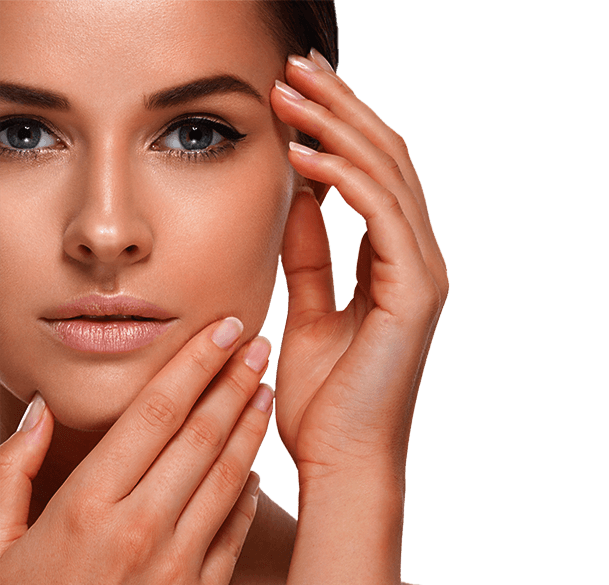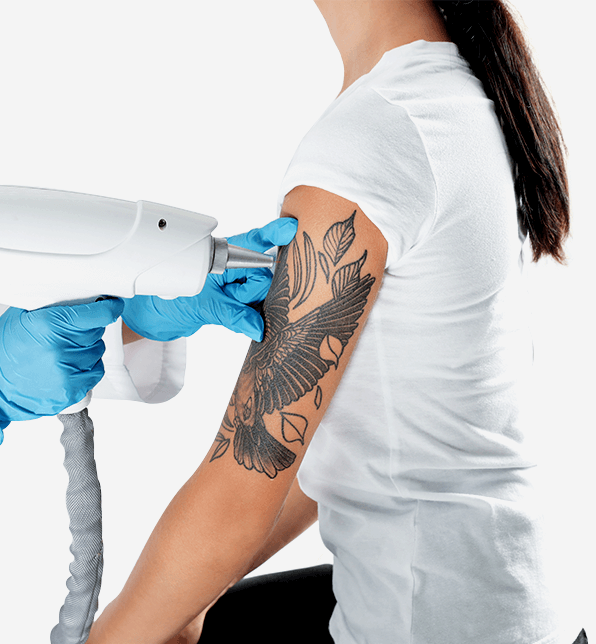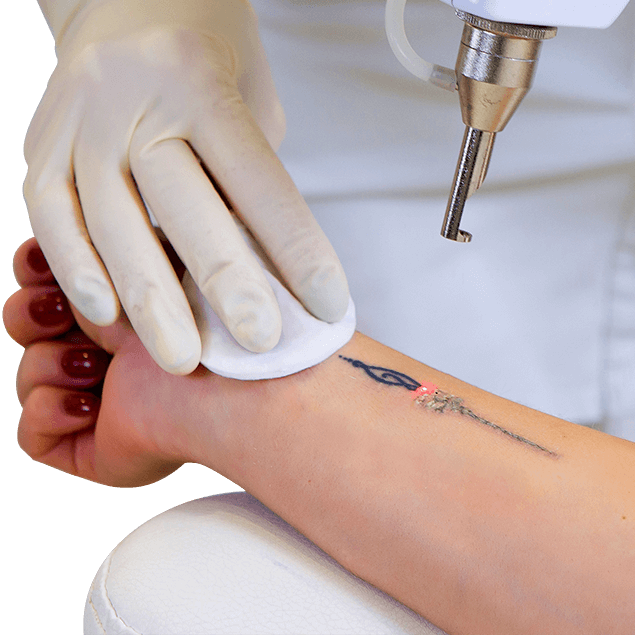Ephelides, are flat red or light-brown spots that typically appear during the sunny months and may fade in the winter.
Lentigines, are small tan, brown, or black spots which tend to be darker than the ephelides-type freckle and which do not fade in the winter.
Freckles pigmentation Some Common Causes of Freckle :Exposure of skin to the sun is one of the main causes of developing freckles. Freckles will fade when sun exposure is reduced or eliminated.
The basic cause of freckles is some special cells in the skin that produces a pigment called melanin. If you have melanin in your body going on accumulating at one place then it may result in freckles.
Freckles are influenced by genetic factors also. Hormone Abnormalities can cause freckles since estrogen over-stimulates pigment-producing cells, causing them to generate excess color when exposed to sunlight.
Fair skin is another main cause for freckle. There is less overall melanin in fair skin to absorb UV light; therefore pigment cells produce melanin at an increased rate.


The recent growing trend of decorative tattoos among teens and young adults has led to an increase in the number of patients requesting tattoo removal. Most tattoos encountered today are professional tattoos which are more difficult to remove than the amateur variety, due to the fact that they are often composed of multiple colors of inks placed at a variety of depths within the dermis that are often impossible to remove completely with the current technology.
Often Black- Blue tattoos get faded before other colours. Different colours of tattoos require different sources of lasers for removal which practically is very difficult to find in one medical facility.
Thus establishing realistic expectations for every patient is paramount in achieving a result with which the patient will be satisfied.


When tattoos are used to enhance the shape of the upper or lower lips, reconstruct or augment the appearance of the eyebrow or to reconstruct the appearance of the eyebrow or to reconstruct the appearance of the areola following mastectomy, the technique is known as cosmetic tattooing.
Sometimes when these tattoos are applied inexpertly, or the cosmetic style has changed making the appearance of the tattoo look ‘old fashioned’ or odd or the patient may just not like the appearance. In such cases patient request for tattoo removal which is done by Q-switched laser.
